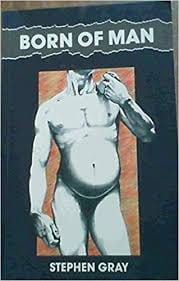Could It Be Queer? After plodding through debates on assimilation, heteronormativity and homonationalism, what can we make of these new stories and new families?

Image sourced from GQ
My last post on the hauntings of past trauma in queer lives that lingers in the depictions of queer futures imagined through texts like Born of Man and Could it be Magic? is here picked up again. After using an antisocial critique to break down these imaginings, I now want to approach the queer families that these texts point to in order to consider this idea that a return to the family will, for queer folks, always be a return with a change. To ignore the past is to see through ghosts.








